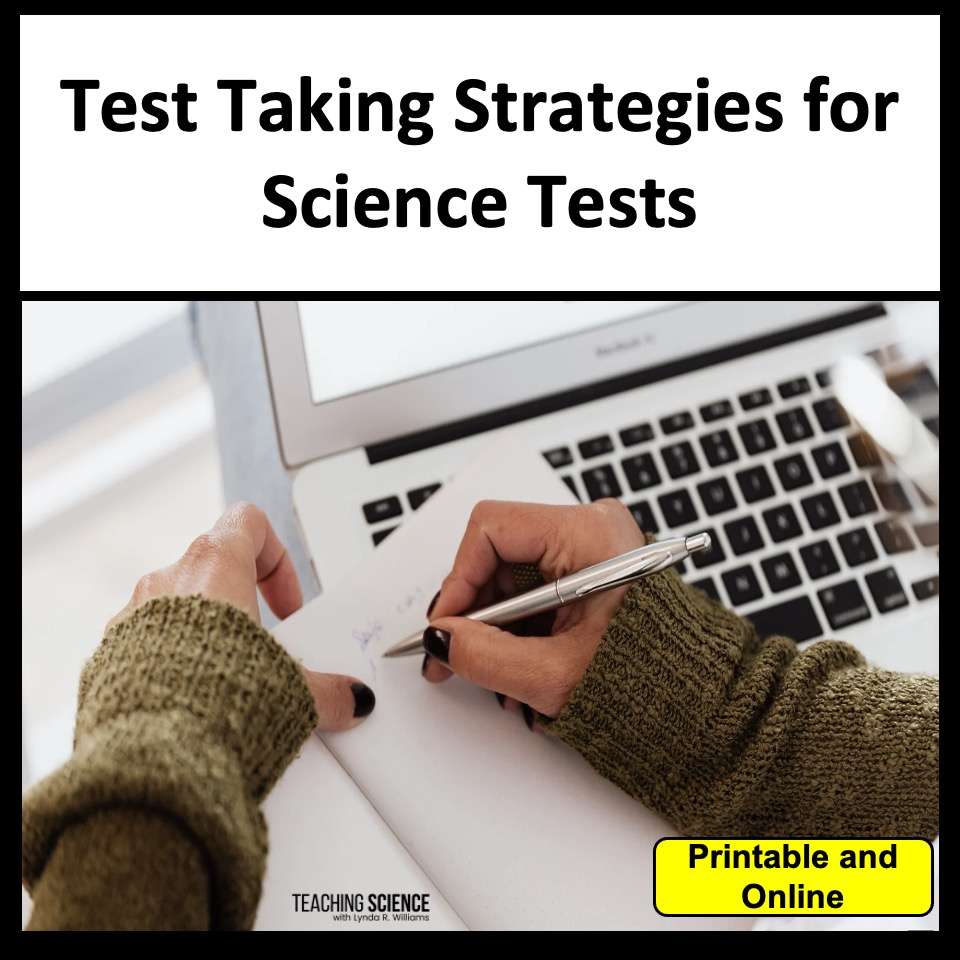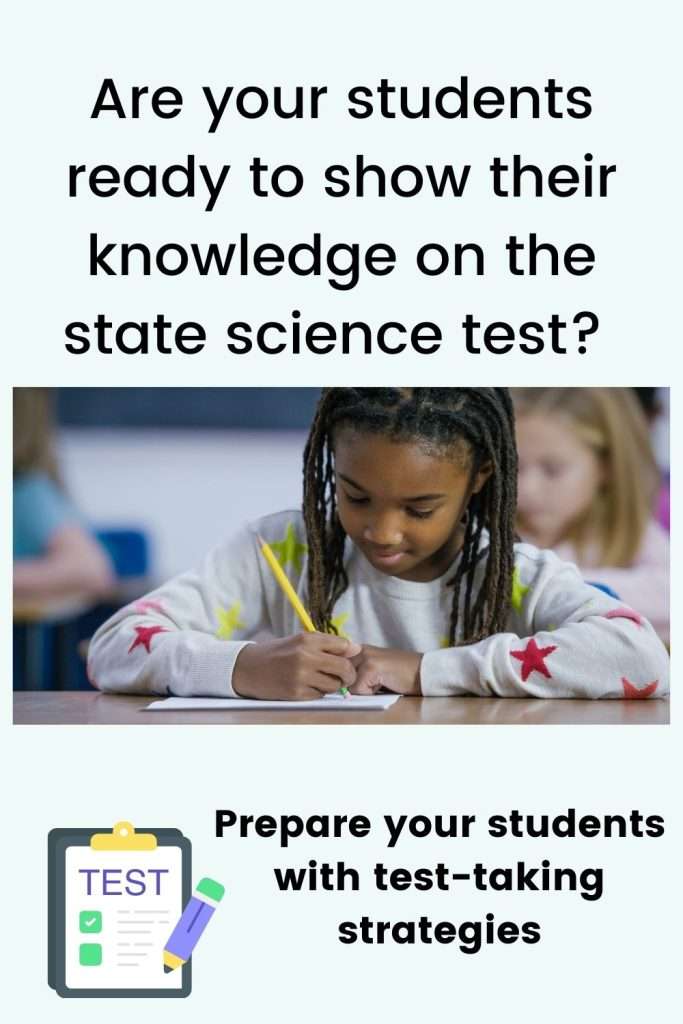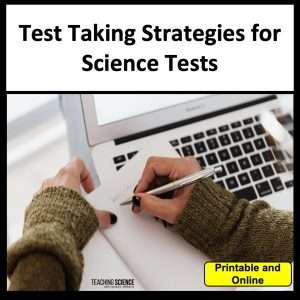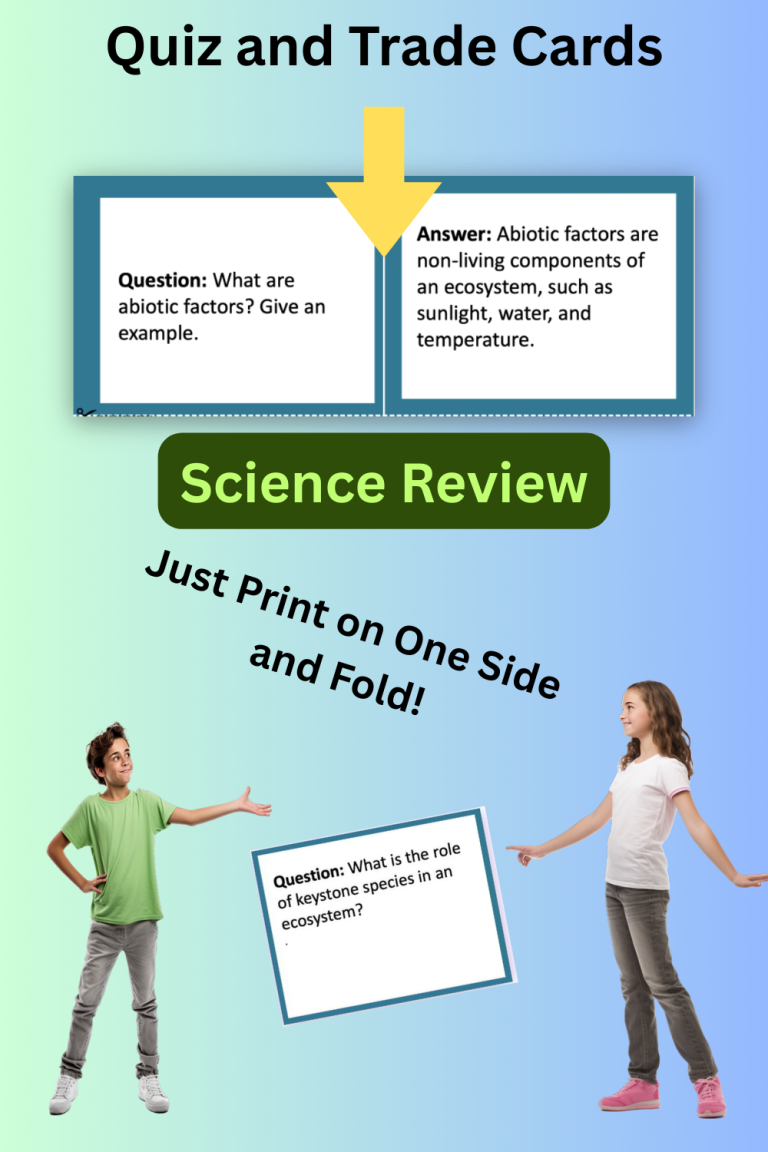As educators, preparing our students for standardized tests can often feel overwhelming, especially when faced with the diverse needs and learning styles within a classroom. Science state tests, in particular, demand a thorough understanding of scientific concepts, critical thinking, and the ability to apply knowledge to varying scenarios. However, with the right test-taking strategies, teachers in grades 5-8 can confidently equip their students with the skills to tackle these exams. Below, we explore several effective science test prep strategies that can help students excel.

Reading Back into the Test
One of the most powerful strategies in science test prep is teaching students to read back into the test. This method involves returning to the text or the problem to verify answers and ensure comprehension. Often, test questions are designed to assess understanding of detailed information presented in passages, graphs, or data tables. Encouraging students to revisit these materials can help them identify key details they might have missed initially.
Benefits of Reading Back
-
- Clarification: Students can clarify doubts by re-reading questions and relevant sections, ensuring they understand what is asked.
-
- Error Detection: By revisiting the problem, students can spot inconsistencies or errors in their reasoning or calculations.
-
- Increased Confidence: This practice can build confidence as students become more confident of their answers and less likely to second-guess themselves.

Encourage students to make it a habit to double-check their answers by reading back into the test, particularly when they feel uncertain about a response.
Process of Elimination
The process of elimination is another vital test-taking strategy for science tests. Many questions on standardized tests are multiple-choice, and teaching students how to eliminate incorrect options can significantly increase their chances of selecting the correct answer.
Implementing the Process of Elimination
-
- Identify Incorrect Answers: Encourage students first to eliminate answers that are incorrect. This reduces the number of choices and simplifies the decision-making process.
-
- Analyze Remaining Options: Guide students to evaluate the remaining options critically, comparing them to their understanding of the topic.
-
- Use Prior Knowledge: If unsure, students should rely on their scientific knowledge to make an educated guess among the remaining options.
By systematically narrowing down options, students can improve their odds of choosing the correct answer, even when unsure.
Teach Students to Pace Themselves
Time management is crucial in science test prep. Students often struggle with pacing, leading to rushed answers or unfinished sections. Teaching students how to pace themselves can ensure they have adequate time to tackle each question thoughtfully.
Tips for Effective Pacing
-
- Time Allocation: Help students allocate their time wisely by dividing the test duration by the number of questions, giving them a rough estimate of how long to spend on each question.
-
- Prioritize Questions: Advise students to answer questions they find easiest first, building confidence and momentum before tackling more challenging items.
-
- Monitor the Clock: Encourage students to monitor the clock without becoming overly anxious, reminding them to leave time for review if possible.
By practicing pacing during classroom tests and quizzes, students can develop a comfortable rhythm for the real exam.

Rephrasing the Question
Understanding exactly what a question asks is key to selecting the correct answer. Rephrasing questions in their own words can help students break down complex wording and ensure comprehension.
How to Rephrase Questions
-
- Identify Keywords: Teach students to underline or note key terms in the question. This will help them focus on the most critical aspects.
- Simplify Language: Encourage students to put the question into simpler terms that make sense to them. This can often reveal the question’s true intent.
- Formulate a Plan: Once rephrased, students can formulate a plan or strategy to answer the question based on their rephrased understanding.
This technique not only aids in comprehension but also empowers students to approach questions with clarity and purpose.
Encouraging a Growth Mindset
Beyond specific test-taking strategies, fostering a growth mindset in students can be incredibly beneficial. Science test prep is not just about cramming facts but about building skills and confidence through practice and perseverance. Encourage students to view challenges as opportunities for growth and remind them that effort and determination can lead to improvement.
Conclusion
As teachers, we aim to give students the tools they need to succeed in science state tests and beyond. By implementing these test-taking strategies, including reading back into the test, using the process of elimination, pacing themselves, and rephrasing questions, students can enhance their performance and approach exams with greater confidence. Effective science test prep involves practicing these strategies and cultivating an environment that values learning, curiosity, and resilience. As educators, we can inspire our students to achieve their fullest potential.
Don’t worry, Teacher! I have done the planning for you!
Do you want to prepare your students to take the science test at the end of the year? It is not enough that they know the information. They need test-taking strategies to determine the best answer.
Prepare your students for the science test with test-taking strategies.
What is the test-taking strategy unit?
- A lesson plan with test-taking strategies explained with examples
- A slide show on strategies they will use on the science test (PPT and Google™ Slides)
- Practice Questions for each strategy (PDF and Google™ Forms)



